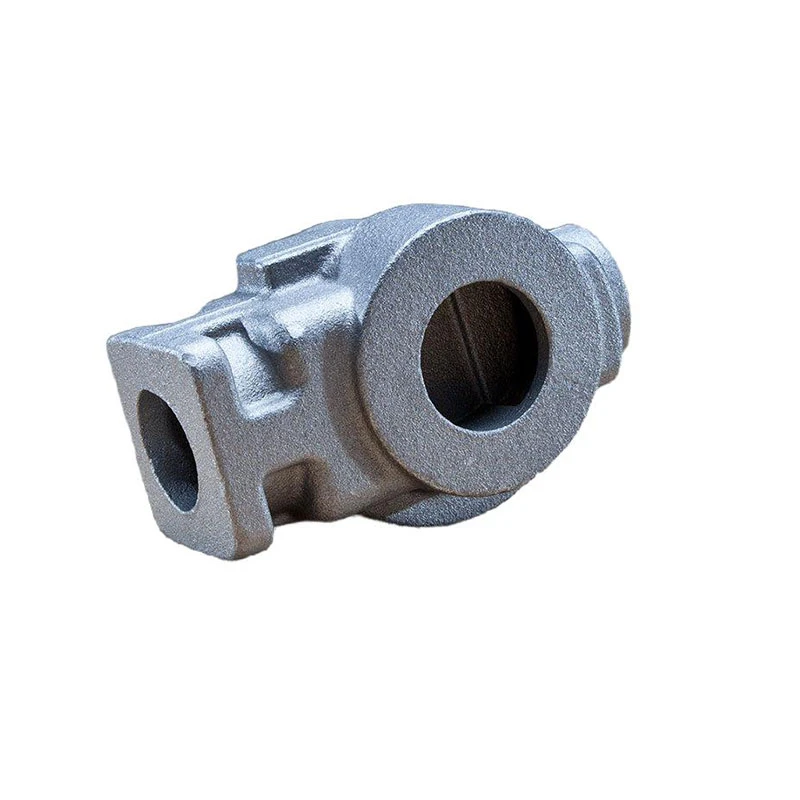gravity die casting components
Understanding Gravity Die Casting Components
Gravity die casting is a precise and efficient manufacturing process widely used to produce metal components. In this method, molten metal is poured into a reusable mold (die) under the influence of gravity, allowing the metal to fill the cavity and form the desired shape. Understanding the components involved in gravity die casting is crucial for engineers and manufacturers aiming for high quality and efficiency in their production processes.
Key Components of Gravity Die Casting
1. Die (Mold) The die is the heart of the gravity die casting process. Made from high-strength steel or aluminum, dies are designed to withstand repeated thermal cycles and mechanical stress. A die typically consists of two halves the cover and the ejector side. Precision in the manufacturing of dies is vital, as any imperfections can lead to defects in the final product.
2. Die Components Various components make up the die, including - Core This forms the internal shapes of the casting. Cores can be made of the same material as the die or from different materials to create hollow sections in the casting. - Cavities These are the specific shapes or outlines of the parts being produced and are machined precisely to ensure a high-quality finish. - Ejector Pins Once the metal has cooled and solidified, ejector pins push the finished part out of the die. - Cooling Channels Integrated cooling channels help regulate the temperature of the die and the molten metal, promoting uniform solidification and reducing cycle times.
3. Pouring System The pouring system is critical for controlling the flow of molten metal into the die. A well-designed pouring system minimizes turbulence and oxidation, ensuring a smooth and defect-free filling of the mold. Components of the pouring system typically include - Pouring Basin This is where the molten metal is initially deposited before entering the die. - Sprue This is the channel through which the molten metal flows from the pouring basin into the die cavity. - Gates Gates direct the flow of molten metal into different areas of the mold, ensuring even filling.
4. Molten Metal The metal used in gravity die casting is usually aluminum, zinc, or magnesium alloys due to their excellent fluidity, strength, and lightweight properties. The choice of alloy greatly impacts the casting's final properties, including its strength, corrosion resistance, and overall durability.
gravity die casting components

5. Trim Tools After casting, excess metal, known as flash, may remain on the part. Trim tools are used to trim this excess material, ensuring the finished component meets specifications and tolerances.
Process Overview
The gravity die casting process begins with preparing the die, followed by preheating it to reduce thermal shock when the molten metal is introduced. The molten metal is then poured into the pouring basin, flows through the sprue, and fills the cavities of the die. Once filled, the metal cools and solidifies. After cooling, the ejector pins activate to push the finished component from the die. Finally, any excess material is trimmed off, and the component is further processed if necessary.
Advantages of Gravity Die Casting
Gravity die casting offers several advantages. The reusable mold results in lower production costs in high-volume production runs. Additionally, components produced through this method often exhibit excellent surface finishes and tight tolerances, which are critical in various applications, from automotive to consumer electronics.
Conclusion
In summary, gravity die casting is a sophisticated manufacturing technique that relies on a variety of components, each playing a vital role in producing high-quality metal parts. Understanding these essential components can help engineers optimize designs and improve production efficiency, ultimately leading to superior products in the marketplace. As technology advances, the enhancements in die casting processes promise to drive further innovation in the manufacturing industry.
-
Precision Sheet Metal Stamping Manufacturer | Fast & ReliableNewsAug.01,2025
-
OEM Sand Cast Pump Valve Fittings - Baoding Hairun Machinery And Equipment Trading Co., Ltd.NewsAug.01,2025
-
Custom OEM Impellers | High Efficiency & PrecisionNewsAug.01,2025
-
OEM Sand Cast Pump Valve Fittings - Baoding Hairun Machinery | Customization, Quality AssuranceNewsAug.01,2025
-
OEM Sand Cast Pump Valve Fittings - Baoding Hairun Machinery And Equipment Trading Co., Ltd.NewsAug.01,2025
-
OEM Sand Cast Pump Valve Fittings - Baoding Hairun Machinery And Equipment Trading Co., Ltd.NewsJul.31,2025















